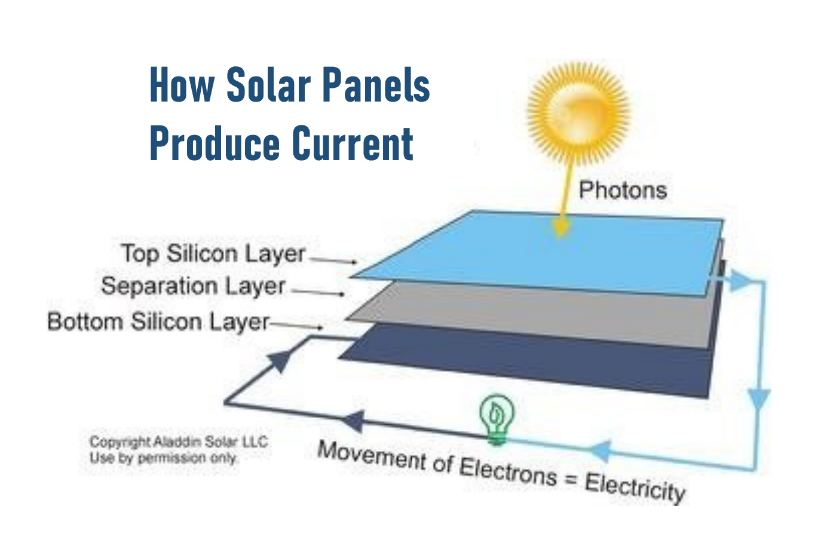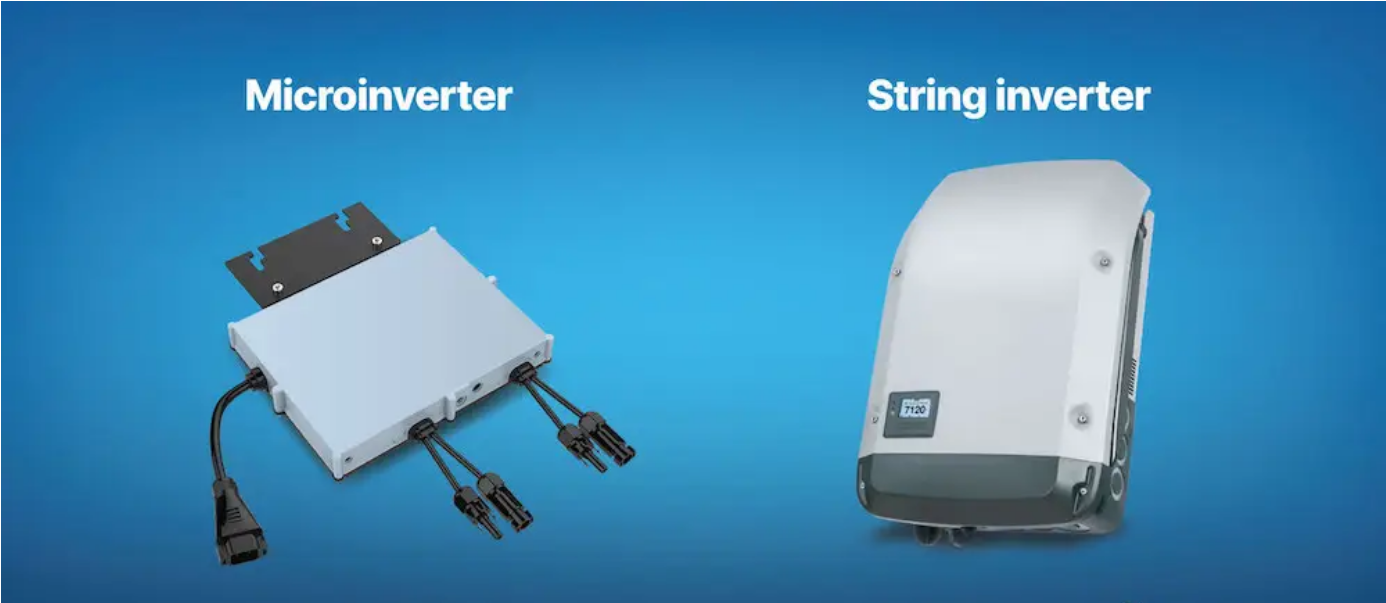When sunlight strikes a solar panel, electrons on the top side get channeled through a wire to the bottom, and—presto—an electrical current is produced.

Crucially, however, that makes the electrical current DC (direct current), meaning it only travels through the wires in one direction.
The problem is that our home appliances run on AC (alternating current), meaning they need electricity that rapidly switches directions—60 times a second in the US.
That's where inverters enter the picture.
Though today's "smart inverters" can now handle a variety of secondary functions—at its most basic level—an inverter is just a device that converts the DC output of solar panels into usable AC power.
But it's an absolutely essential device, nonetheless, since without an inverter, the electricity produced by a solar panel would be completely useless.
So, while it's great to know that solar panels have an extraordinarily long expected lifetime of 25-30 years, knowing how long you can expect your inverters to last is important as well.
There are, however, two different types of inverters available for residential solar—string inverters and microinverters.
And, unlike the different kinds of commercially available solar panels—which all operate in the same basic way— the expected lifetime of an inverter strongly depends upon its type
String inverters
String inverters take the DC electricity generated by a group or "string" of solar panels and convert it to usable AC power all at once. Typically, each one will handle a string of 6 to 12 panels, so the number of string inverters used will vary depending on project size.
String inverters are about the same size as metal electrical boxes and are typically installed adjacent to the main service panel and electrical meter.

Microinverters
Microinverters, as their name suggests, are much smaller, with each one about the size of an internet router. Rather than converting the output of groups of panels en masse, each solar panel is paired with its own unique microinverter.
So a 16-panel solar installation would require 16 string inverters but only two microinverters.
Lifespan
The two types of inverters differ quite a bit with regard to their expected lifespan.
String inverters generally last 8 to 12 years, with most manufacturers offering warranties somewhere in that range.
Microinverters, on the other hand, are significantly more durable. They generally come with a 25-year warranty.
Why use string inverters?
Given that microinverters are so much more durable, you may be wondering why anyone would want to use string inverters instead.
Well, that extra durability isn't free—pairing each panel with its own microinverter is generally going to be a more expensive option than just using a few string inverters for the whole project.
There are, however, other factors besides durability that figure into determining which option is best. If, for example, your roof is partially shaded, microinverters are capable of regulating the flow of solar energy in a way that will minimize energy loss.